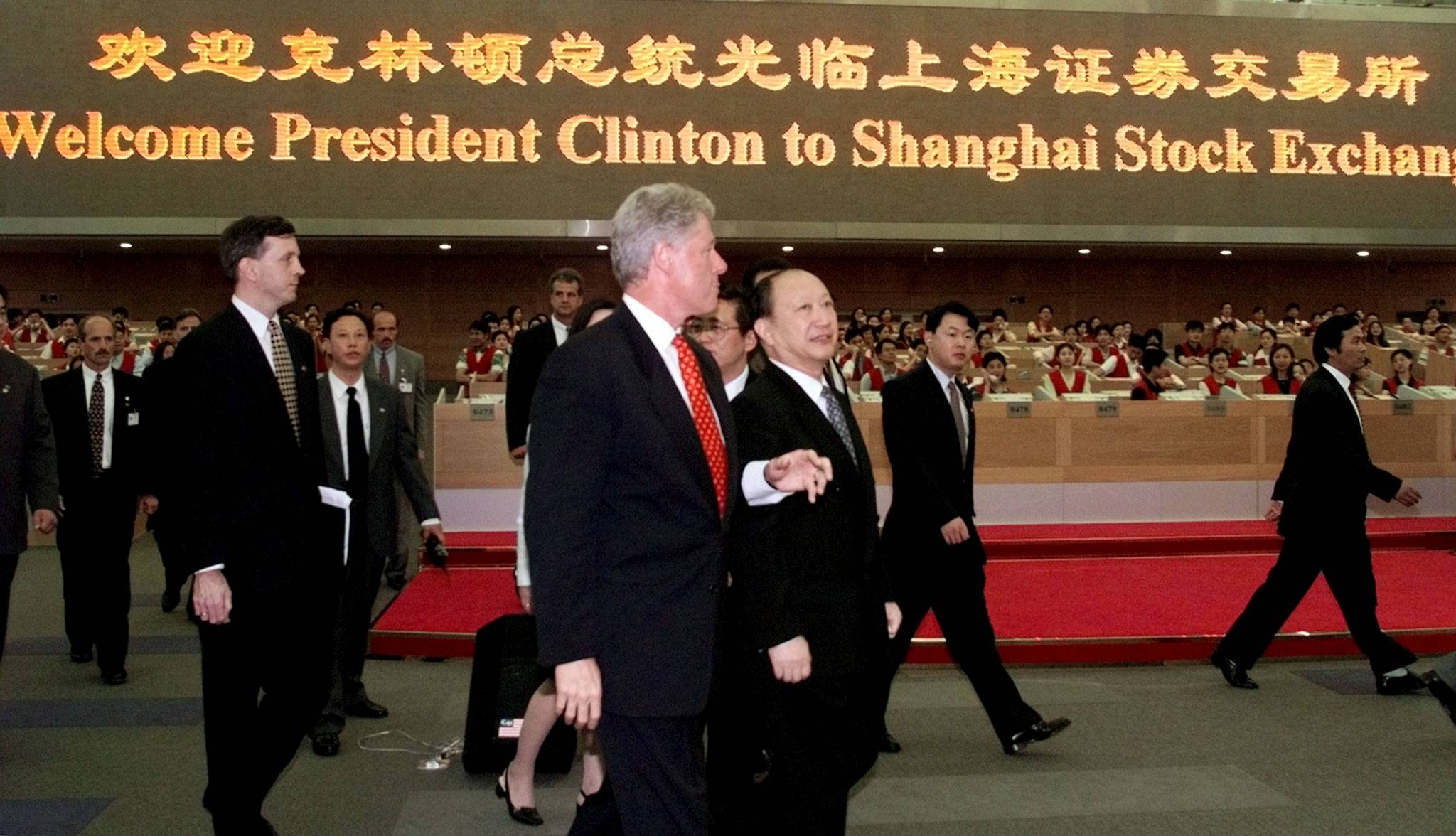In 1944, Friedrich A. Hayek suggested that the spontaneous order of markets was inherently superior to the supposedly dynamism-draining totalitarian order of communist or fascist regimes. The ensuing decades — when free-market economies thrived and the Soviet Union’s centrally planned economy imploded — seemed to vindicate him. Then along came China.
The metrics of China’s phenomenal economic rise are well known: three decades of double-digit GDP growth; some 700 million people lifted out of poverty; an infrastructure boom; the emergence of innovative tech giants and a comprehensive blueprint for continued (sustainable) growth and development.
China’s success has eroded the belief that free markets represent the best development strategy for everyone, to the point that even the International Monetary Fund — long a leading champion of free-market ideology — has been rethinking its own orthodoxy. Yet Chinese-style central planning is still viewed with disdain in the West, where observers disparage it for its supposed opacity and repressiveness.
















With your current subscription plan you can comment on stories. However, before writing your first comment, please create a display name in the Profile section of your subscriber account page.